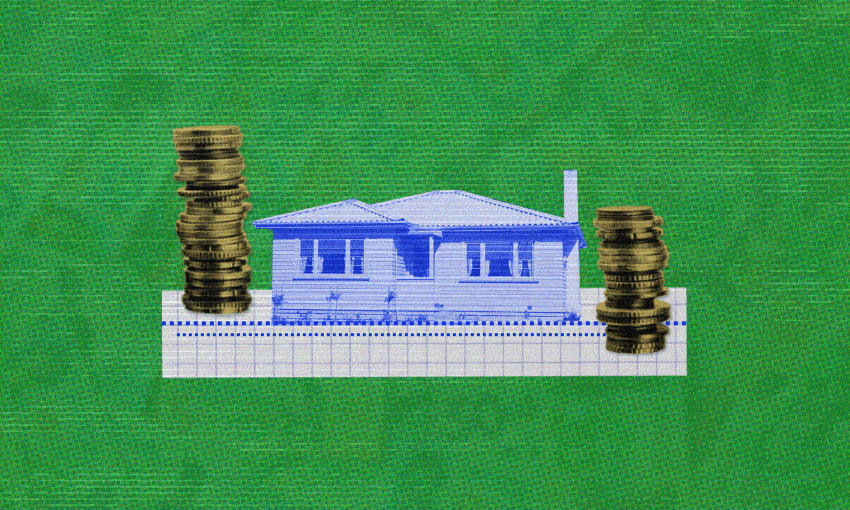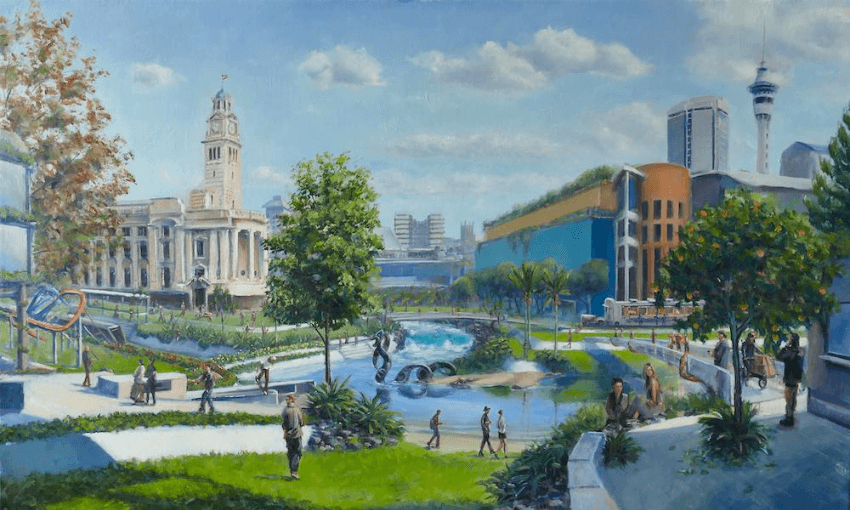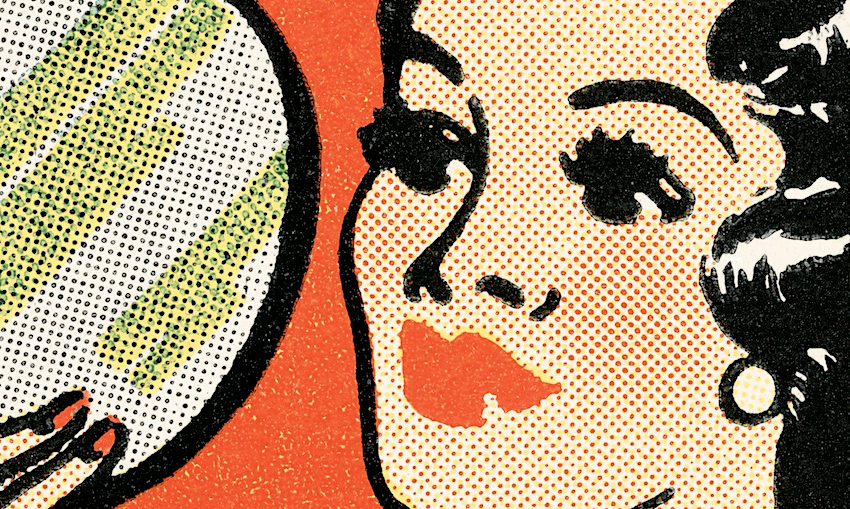An article recently appeared online with the headline ‘Landlords $1.3 million out of pocket in unpaid rent for first two months of 2024′. Since rent goes from tenants’ pockets into landlords’ pockets, The Spinoff decided to sniff around the numbers.
Hundreds of thousands of people up and down the motu pay money, every week, without fail, for the privilege of having a roof over their heads and somewhere to put all their stuff. Their payments are bound to timeframes, so after that week has passed, the money’s gone and it would seem so is their right to shelter. Then they must pay again.
On Monday, an article about rent arrears appeared on the Herald and RNZ websites with the headline Landlords $1.3 million out of pocket in unpaid rent for first two months of 2024. The figure in the story is a tally of rent arrears orders in Tenancy Tribunal decisions released in the first two months of this year, for tenancies that ended or were renegotiated over that time.
But how does that compare to how much rent did end up in landlords’ pockets? In the first two months of the year, residential tenants paid more than $2,131,703,865 in rent across the country. For those of us not used to seeing that many numbers in a row unless it’s a phone number, that’s two billion one hundred and thirty-one million seven hundred and three thousand eight hundred and sixty-five dollars. For anyone still struggling to understand just how ludicrously large that number is, think of it as being just a little more than Tonga and Sāmoa’s combined annual GDP (Tonga’s GDP is NZ$787,820,000, Sāmoa’s GDP is NZ$1,398,500,000). Now consider that in the two months that landlords were given all this money, they didn’t actually do anything productive. They just so happened to own property that other people needed to live in.
I don’t want to rub salt in the wounds of tenants’ bank accounts, but $2,131,703,865 isn’t even the complete amount that has left their pockets to enter the pockets of landlords in January and February.
We’ve come to this number with back-of-the-envelope calculations using data provided by Tenancy Services. As of January 1, it held 411,129 active residential bonds. When lodging the bonds, landlords fill in a form that provides various details of the rental arrangement including weekly rent, and using this information, Tenancy Services told us the median weekly rent across the country was $610. We multiplied this by 411,129 to get the weekly residential rent being paid – $250,788,690 – and then multiplied that by 8.5, the number of weeks in January and February. Badda-bing badda-boom: $2,131,703,865 just like that.
But this incredible mathematics in no way captures all the residential rent changing pockets. The complete number of tenants or the total amount of rent being paid is not held by the Ministry of Business, Innovation and Employment, nor does it appear to be held anywhere else.
Our calculation falls short. Why? Ota Savaiinaea, the operations manager at Tenancy Bond Services, says, “Tenancy bond data is only a subset of the residential renting landscape.” There are many instances where a rental bond is not lodged – it’s not a requirement to ask for a bond and some landlords choose not to. People living in short-term accommodation like lodges, boarding houses, motels and hostels may have paid bonds equivalent to only a week’s rent, which can be held by the landlord. Situations like emergency or transitional housing, flatmates, boarders, and family renting from family are outside the scope of The Residential Tenancies Act 1986, and so Tenancy Services does not hold bonds for them.
But property is a business just like any other, and business owners expect to be paid for the services or goods they provide. Take retail, for example. Retail sales in the 2023 calendar year totalled $100bn (seasonally adjusted). But there was also shoplifting – people taking the product without paying. In fact, retail crime increased last year, costing a total of $2.6bn, or 2.6% of sales. That feels like a decent amount, and probably worth mentioning in the news.
So how much are landlords out? Well, as reported by the Herald and RNZ, landlords were “out of pocket” a whole $1.3m in the first two months of 2024 alone. That looks like a big number but is actually just 0.061% of rental sales, as it were. And while the story covered a range of issues, including those faced by tenants, that headline is hard to scroll past.
Still, Peter Lewis of the New Zealand Property Investors Federation said, “Getting money out of tenants is virtually impossible.” Aside from sounding like a pretty dubious claim, landlords still try their best. In one case before the Tenancy Tribunal, the tenant was behind on rent because they had died in the house and no one noticed until the landlord went looking for the money.





